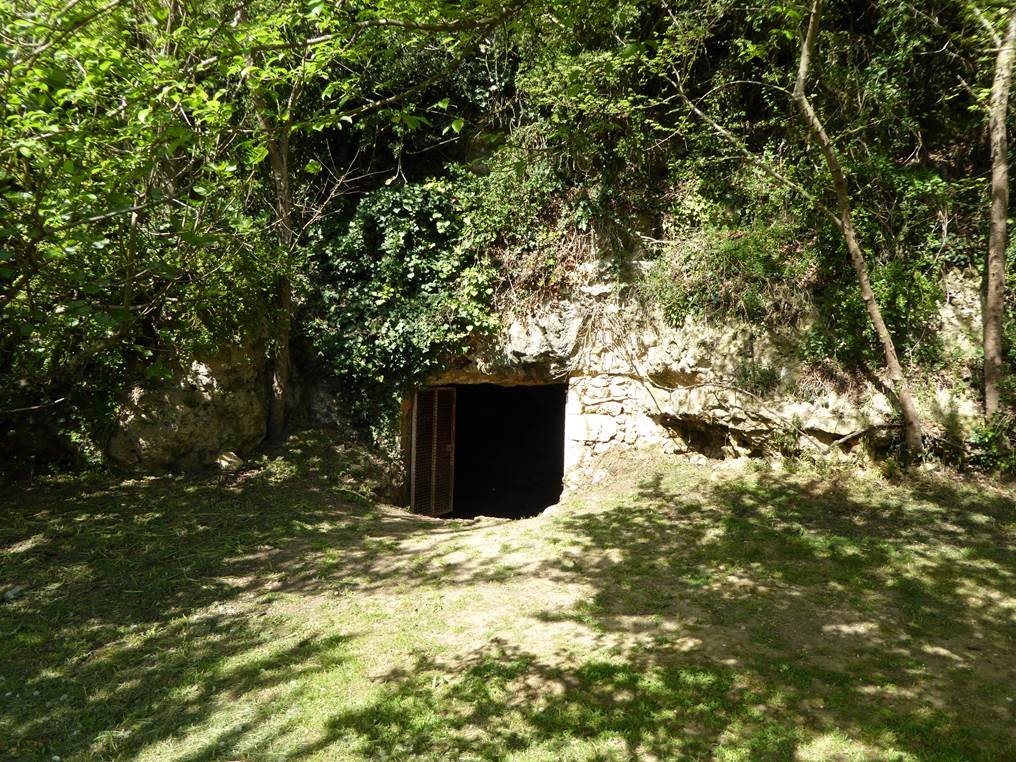
British archaeologist and researcher Dr Paul Bahn has recently discovered an engraving on the wall of the rock shelter of La Marche near Lussac-les-Châteaux in the Vienne region of France.

The engraving, which appears to be the head of a bison, was found by Bahn during a visit to the rock shelter. The site, known for its engraved stone plaquettes, was not previously believed to have any art on its walls. Bahn, who leads specialised tour groups to the French prehistoric caves, was told by the guide that a French artist and her husband who had conducted a study of the plaquettes in 2011 had mentioned seeing some possible lines on the walls.
Intrigued, Bahn started searching the walls and ceiling. About 15 metres from the entrance he was rewarded with what looked like an engraving of an upright horn. He returned a month later with better lighting and, as well as the horn, could pick out the form of an animal’s head – possibly a bison – made up of the natural shape of the rock (a commonly used artistic device in cave art) with the addition of engraved lines to form an eye and a mouth.
Bahn’s discovery has subsequently been validated by specialists from the region’s archaeological administration and takes its place amongst hundreds of other sites in France, both major and minor, known for their prehistoric art. Bahn says the new figure is typical of the art of the Middle Magdalanian, a period dating from about 14,500 to 12,500 years ago. The plaquettes are believed to date to about 14,000 years ago and it is possible that the engraving dates to the same period.

La Marche is a site that largely dropped out of sight following an initial controversy about the plaquettes, with some believing that their realistic, almost cartoon depictions of humans were modern fakes. Even a validation by the eminent French prehistorian Abbé Henri Breuil did not entirely dispel the shadows that had settled over the original discovery of the plaquettes in November 1937 by Léon Péricard. As a result. La Marche has always been treated as something of a poor relation in studies of Palaeolithic art. The discovery of wall art has turned the spotlight once again on La Marche, which might still be hiding more secrets.
Cave engravings are difficult to find and even more difficult to photograph, so as well as one of Bahn’s original photographs, the lines and rock shape depicting the animal’s head have been superimposed in red on the same photo.
Talking to Darkness Below, Paul Bahn said “There has been a real explosion of new decorated Ice Age caves in the Spanish Basque country in recent years, and in nearly all cases– as in La Marche — the discoveries have been made in well-known caves which have been much frequented and even excavated by professional archaeologists in the past. Many of these new finds were made by cavers. You have to be looking for art, especially engravings, with oblique light; and what’s needed above all is experience, good eyes, good lighting and, always, a great deal of luck!“
